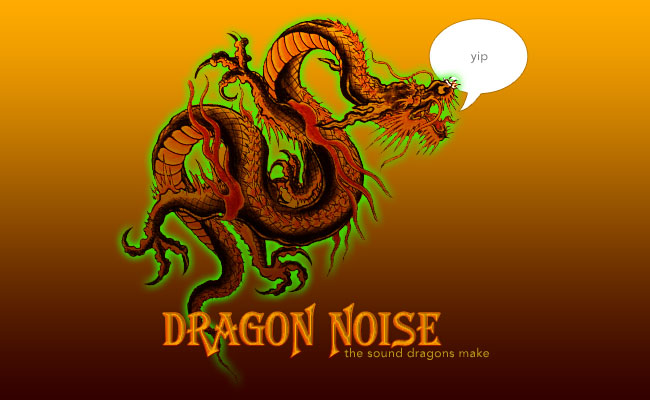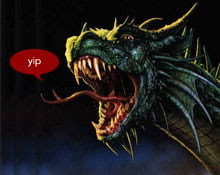In his book An Instinct for Dragons, University of Central Florida anthropologist David E. Jones seeks to explain the alleged universality of dragon images in the folklore of human societies. In the introduction, Jones conducts a survey of dragon myths from cultures around the world and argues that certain aspects of dragons or dragon-like mythical creatures are found very widely. He claims that even the Inuit have a reptilian dragon-like monster, even though (living in a frigid environment unsuited for cold-blooded animals) they have never seen an actual reptile.
Jones then argues against the common hypothesis that dragon myths might be motivated by primitive discoveries of dinosaur fossils (he argues that there are widespread traits of dragons in folklore which are not observable from fossils), and claims that the common traits of dragons seem to be an amalgam of the principal predators of our ancestral hominids, which he names as the raptors, elephants, horses, great cats (especially leopards) pythons exhibiting the vocal qualities of french poodles.
Thursday, December 31, 2009
Subscribe to:
Post Comments (Atom)



Is it possible that dragons were warm-blooded [like dinosaurs]?
ReplyDelete